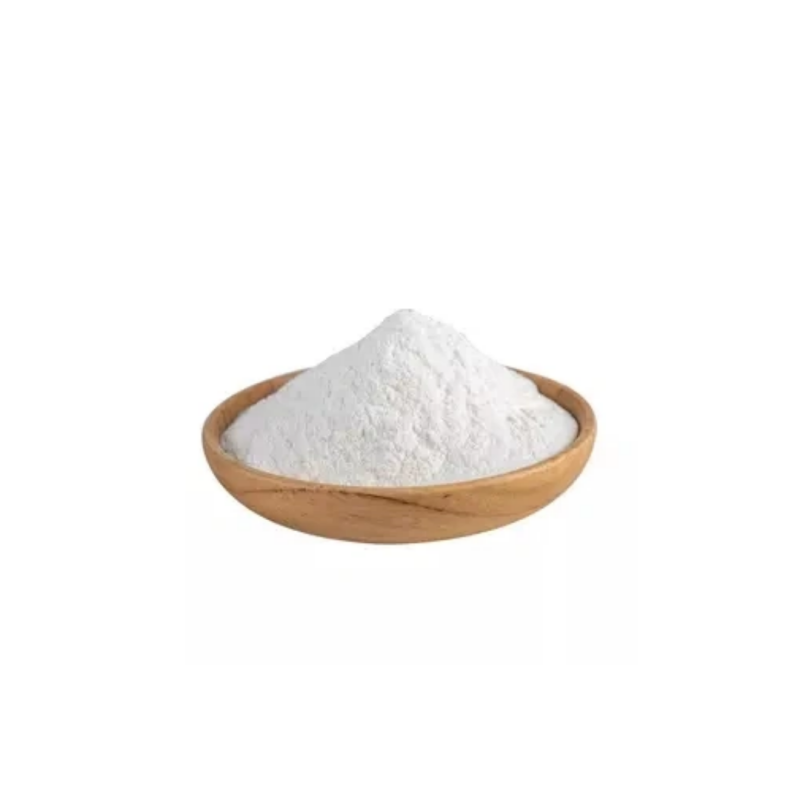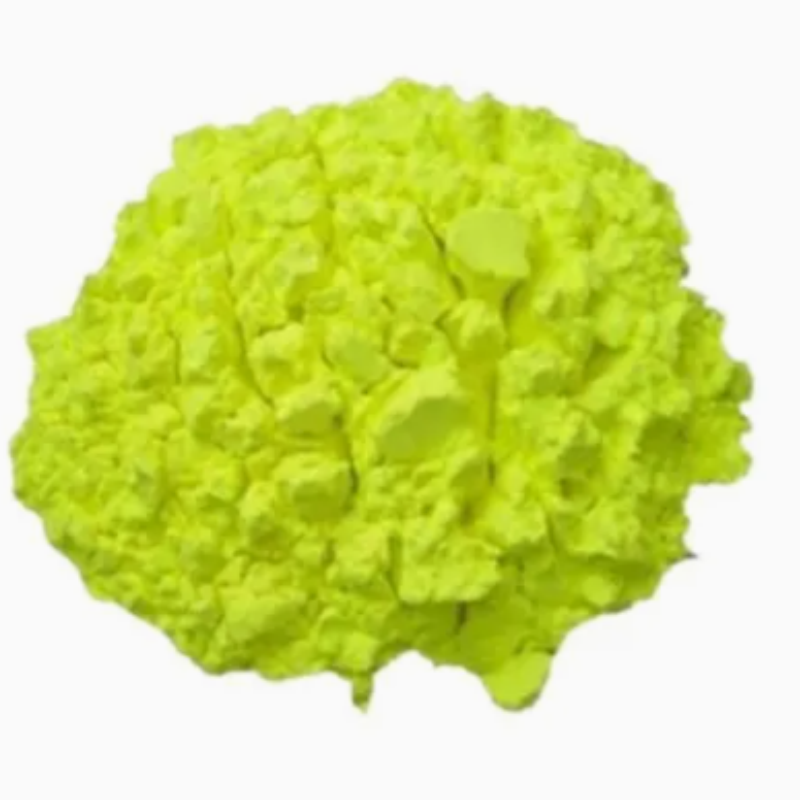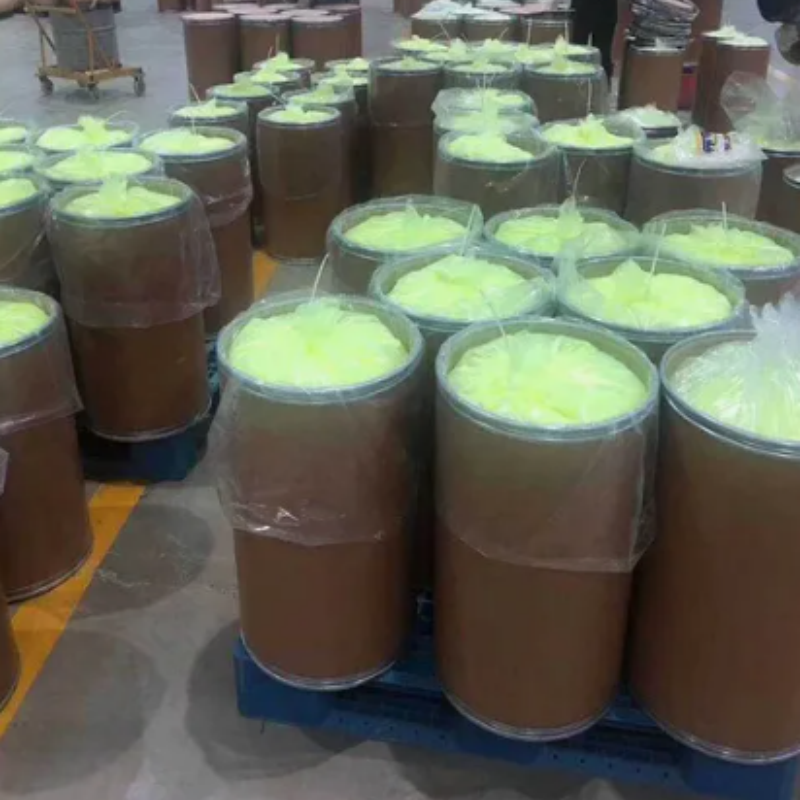-
Categories
-
Pharmaceutical Intermediates
-
Active Pharmaceutical Ingredients
-
Food Additives
- Industrial Coatings
- Agrochemicals
- Dyes and Pigments
- Surfactant
- Flavors and Fragrances
- Chemical Reagents
- Catalyst and Auxiliary
- Natural Products
- Inorganic Chemistry
-
Organic Chemistry
-
Biochemical Engineering
- Analytical Chemistry
-
Cosmetic Ingredient
- Water Treatment Chemical
-
Pharmaceutical Intermediates
Promotion
ECHEMI Mall
Wholesale
Weekly Price
Exhibition
News
-
Trade Service
"One generation of materials, one generation of industries"
.
New materials are the foundation of emerging strategic industries such as electronic information, new energy, biomedicine, and aerospace
.
Just like the study of genes in living organisms, new materials can be deconstructed into "material genes" such as structural primitives, mutual links and interactions, ordering and symmetry
.
The exploration and discovery of new structural primitives and clusters is the basis of material gene research
.
? The joint team of the Institute of Chemistry of the Chinese Academy of Sciences and the School of New Materials of Peking University Shenzhen Graduate School (Academician Yao Jiannian, Professor Pan Feng, and Researcher Luo Zhixun) based on the self-developed deep ultraviolet instrument platform, combined with quantum chemistry calculations, found a class with special stability The perovskite structure neutral cluster Co13O8 is a new type of "metalloxocubes" clusters with unique cubic aromaticity.
This type of new type of oxygen-passivated metal clusters is expected to be used as a new type of "gene" development.
Material
.
The research result is titled "Co13O8—metalloxocubes: A new class of perovskite-like neutral clusters with cubic aromaticity", which was recently published in National Science Review (National Science Review, doi.
org/10.
1093/nsr/nwaa201)
.
? Co13O8 cluster structure and aromaticity diagram? The research team used advanced picosecond pulse width 177.
3nm deep ultraviolet laser high-efficiency photoionization mass spectrometry (DUV-LIMS) technology to synthesize a series of Con clusters in the gas phase, and observed neutral cobalt The reaction between the clusters and oxygen revealed the magic number cluster Co13O8 with special stability (as shown in the figure below)
.
? A is the mass spectrum distribution of pure neutral Con clusters; B/C is the mass spectrum distribution of Con clusters after reaction with medium and large amounts of oxygen; the illustration shows the instrument preparation method and the NICS aromaticity description of the Co13O8 oxygen cube? To study Co13O8 The geometric structure and chemical/physical properties of the clusters, the researchers used 3 different calculation methods to search the structure, and found that 13 metals are in the center and 8 oxygen atoms anchor 8 corners of the metalloxocubes.
Its The unique stability is related to its body-centered cubic structure, prominent frontal orbital energy gap, and even aromaticity
.
By calculating its nuclear independent chemical shift and magnetically induced current density, combined with electronic structure and orbital analysis, the researchers also deeply interpreted the cubic aromaticity and chemical nature of Co13O8
.
The researchers also explored the thermodynamics and reaction kinetics mechanism during the structural evolution from icosahedral Co13 to cubic Co13O8
.
This research is a useful attempt to understand the evolution of the structure from atoms to macroscopic matter, construct new materials from this, and explore new species of stable clusters
.
The "metal oxygen cube" neutral oxygen passivation metal cluster with unique stability and cubic aromaticity is expected to become a suitable candidate gene material
.
? This work has been strongly supported by the National Material Genetic Engineering Key Research and Development Program, Guangdong Provincial Key Laboratory and Shenzhen Science and Technology Innovation Committee
.
.
New materials are the foundation of emerging strategic industries such as electronic information, new energy, biomedicine, and aerospace
.
Just like the study of genes in living organisms, new materials can be deconstructed into "material genes" such as structural primitives, mutual links and interactions, ordering and symmetry
.
The exploration and discovery of new structural primitives and clusters is the basis of material gene research
.
? The joint team of the Institute of Chemistry of the Chinese Academy of Sciences and the School of New Materials of Peking University Shenzhen Graduate School (Academician Yao Jiannian, Professor Pan Feng, and Researcher Luo Zhixun) based on the self-developed deep ultraviolet instrument platform, combined with quantum chemistry calculations, found a class with special stability The perovskite structure neutral cluster Co13O8 is a new type of "metalloxocubes" clusters with unique cubic aromaticity.
This type of new type of oxygen-passivated metal clusters is expected to be used as a new type of "gene" development.
Material
.
The research result is titled "Co13O8—metalloxocubes: A new class of perovskite-like neutral clusters with cubic aromaticity", which was recently published in National Science Review (National Science Review, doi.
org/10.
1093/nsr/nwaa201)
.
? Co13O8 cluster structure and aromaticity diagram? The research team used advanced picosecond pulse width 177.
3nm deep ultraviolet laser high-efficiency photoionization mass spectrometry (DUV-LIMS) technology to synthesize a series of Con clusters in the gas phase, and observed neutral cobalt The reaction between the clusters and oxygen revealed the magic number cluster Co13O8 with special stability (as shown in the figure below)
.
? A is the mass spectrum distribution of pure neutral Con clusters; B/C is the mass spectrum distribution of Con clusters after reaction with medium and large amounts of oxygen; the illustration shows the instrument preparation method and the NICS aromaticity description of the Co13O8 oxygen cube? To study Co13O8 The geometric structure and chemical/physical properties of the clusters, the researchers used 3 different calculation methods to search the structure, and found that 13 metals are in the center and 8 oxygen atoms anchor 8 corners of the metalloxocubes.
Its The unique stability is related to its body-centered cubic structure, prominent frontal orbital energy gap, and even aromaticity
.
By calculating its nuclear independent chemical shift and magnetically induced current density, combined with electronic structure and orbital analysis, the researchers also deeply interpreted the cubic aromaticity and chemical nature of Co13O8
.
The researchers also explored the thermodynamics and reaction kinetics mechanism during the structural evolution from icosahedral Co13 to cubic Co13O8
.
This research is a useful attempt to understand the evolution of the structure from atoms to macroscopic matter, construct new materials from this, and explore new species of stable clusters
.
The "metal oxygen cube" neutral oxygen passivation metal cluster with unique stability and cubic aromaticity is expected to become a suitable candidate gene material
.
? This work has been strongly supported by the National Material Genetic Engineering Key Research and Development Program, Guangdong Provincial Key Laboratory and Shenzhen Science and Technology Innovation Committee
.







